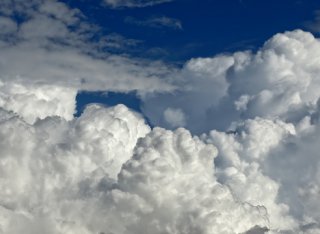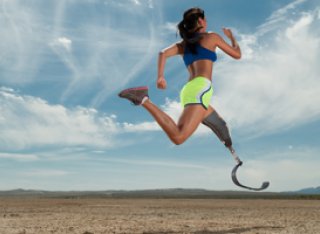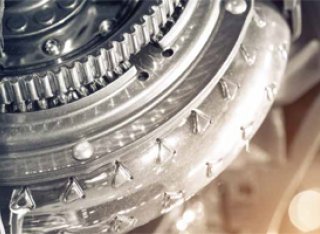
Research
Research in the School is aligned to three interconnected research areas: engineering resilience, green living and healthy living.
We operate four research centres alongside a number of strategic cross-cutting interdisciplinary research clusters.
Research centres
Research excellence
In the latest UK Research Excellence Framework (REF 2021), we ranked 15th in the UK for ‘*research power’ in engineering.
Overall, Surrey has risen 12 places in the rankings since 2014 to 33rd in the UK for our research quality.
* Research power is the overall quality of submissions, calculated by grade point average and multiplied by the full-time equivalent number of staff submitted.
Research themes
The research interests in our School sit at the intersections between engineering resilience, green living and healthy living, addressing key future engineering challenges including affordable energy, autonomous vehicles, assisted ageing, environmental monitoring, and sustainable design and manufacture.
Examples of topics which are key to these challenges include:
- Aerodynamics
- Biomedical engineering
- Ceramics and metals
- Electric and hybrid vehicles
- Engineering materials
- Fluid dynamics
- Functional materials
- Nanotechnology
- Neural interfacing
- Polymers
- Robotics
- Sensors and fluid measurement
- Structural integrity
- Surface and interfaces reactions
- Vehicle dynamics
- Virtual reality.

Study with us
If you're interested in doing a PhD, then take a look at what we have to offer here at Surrey.



